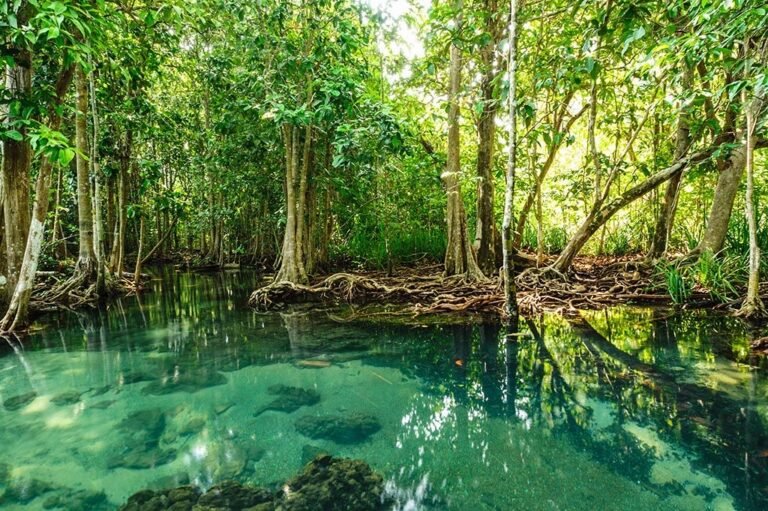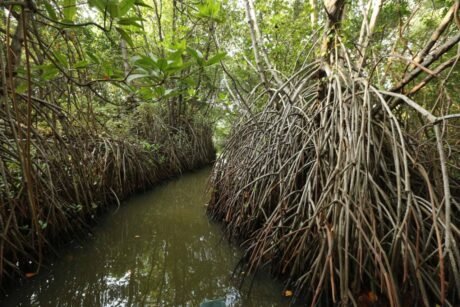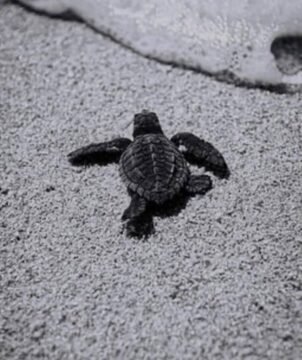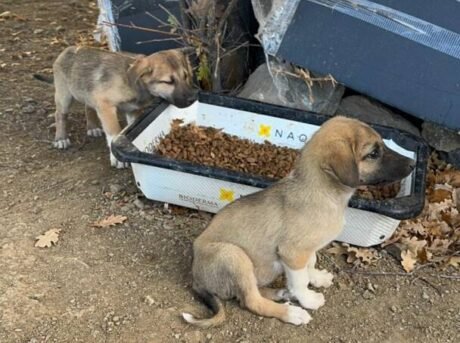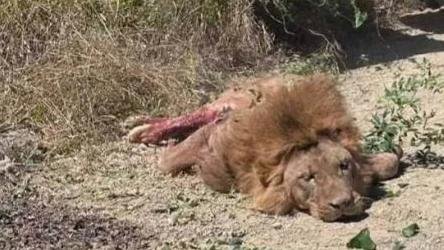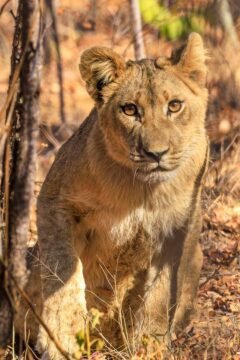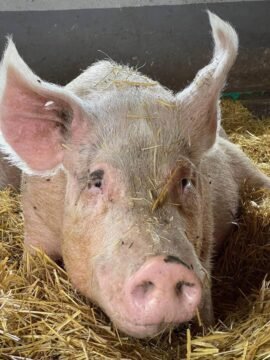The term “mangrove” refers not to a single species, but to a group of plants that share specific adaptations to thrive in these unique environments. Globally, about 80 mangrove species have been identified, with 28 species present in Sri Lanka. Notable examples include Kirala (Sonneratia alba), Mal Kadol (Bruguiera gymnorhiza), Manda (Avicennia marina), and Gin Pol (Nypa fruticans). These plants have evolved to survive in hypoxic conditions—environments with very low oxygen—characterized by saline, stagnant waters and a high accumulation of debris and sediment.
Mangrove ecosystems are vital habitats for a variety of species, including endemic and migratory birds, lagoon and estuarine fish, prawns, crabs, reptiles, and amphibians. They play a crucial role in maintaining the biodiversity of coastal ecosystems. Additionally, mangroves act as natural barriers, protecting riverbanks from soil and land erosion caused by sea waves, tsunamis, and high tides, while offering numerous other ecosystem services.
